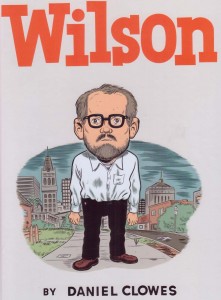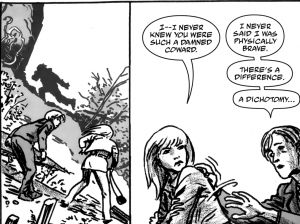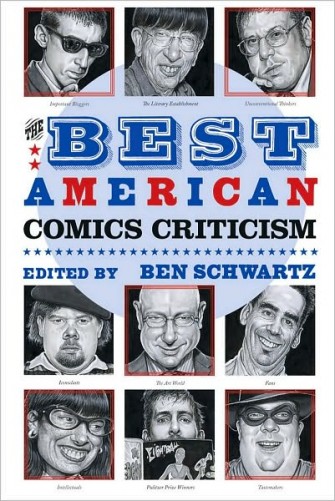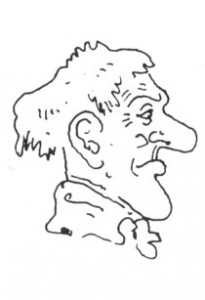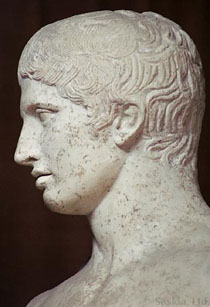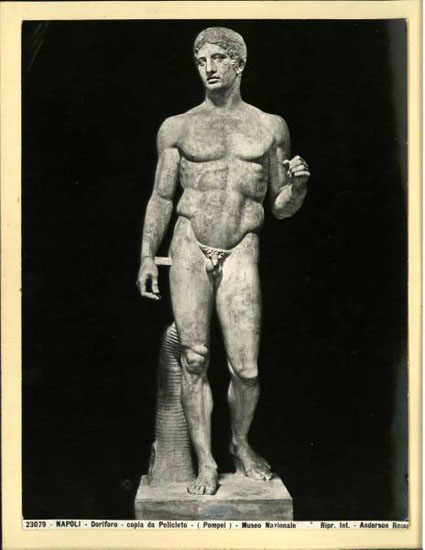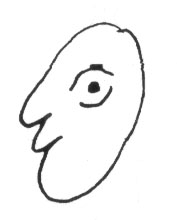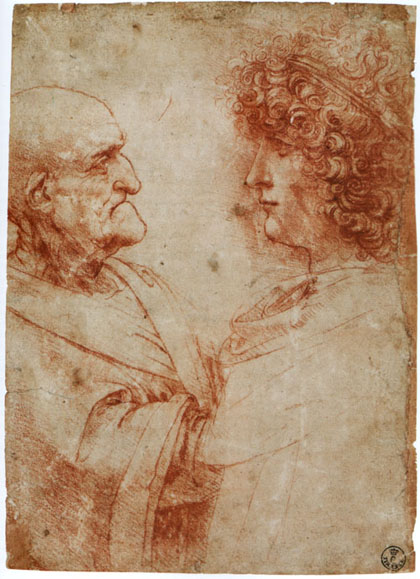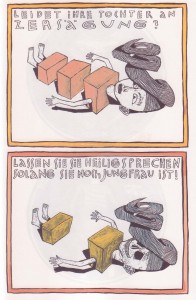I was wondering about what people do when they practice criticism. Everyone here writes out their thoughts about comics, movies, music, etc. What are you doing when you do that?
What I do is to feel my way. Whatever I’m writing about, I want to write about it as if I had never seen the thing before. What is this thing you call “comic”? How could it ever have come to be? Why do people keep it in existence? And how did this particular example of “comic,” the one I’m holding, fluke into being? What can we tell about ourselves from its existence?
I guess at answers by keeping my eyes open and noticing everything (trying to, I mean), and I refine my guesses by comparing them with what I know of the world, including the people and industry that produced the item in question (the comic, movie, or whatever).
So I start out pretending to know nothing, then I pull in what I know or think I know. It’s quite a change of gears, and in either case it’s like I have to take myself by surprise, ambush my perceptions from a direction I don’t expect.
Always getting blindsided and feeling like a dope can get your adrenaline up, even if you’re just typing your thoughts about Civil War. But it can also leave you ragged. The “ah ha” moment come by often enough to keep you playing, but most often it’s like you’re trying to find your cold medicine in an ocean liner and the lights have gone out and the damn floor keeps moving.
Possibly somebody else might follow the same approach that I do, the same “dream it up/check it out” two-step, and that person might not feel at all stupid. Instead of “Everything I know is useless,” the person might think “I see the universe in a plum!” Instead of “I can’t possibly be right,” he’d think, “My flashes of perception are transformed and broadened by my sure knowledge of the world.” Which makes that hypothetical second person sound like a fatuous ass, but whatever. You don’t have to suffer to do good work.
And it’s very likely that other people follow quite a different method. The thing is, I don’t know anything at all about how other people write criticism. I’ve never studied the subject and never thought about it, beyond noticing that critics I like don’t necessarily supply opinions I agree with. (For instance, Pauline Kael and Citizen Kane’s alleged “dime-store Freud.”)
Anyway, how other people write criticism. It involves theory, right? As indicated above, I proceed by sensibility and fact-checking. My ideology (which I won’t try to define) is always there, but it sneaks in. I never feel oriented, never proceed from an overview, and I don’t think I’ll ever be able to.

